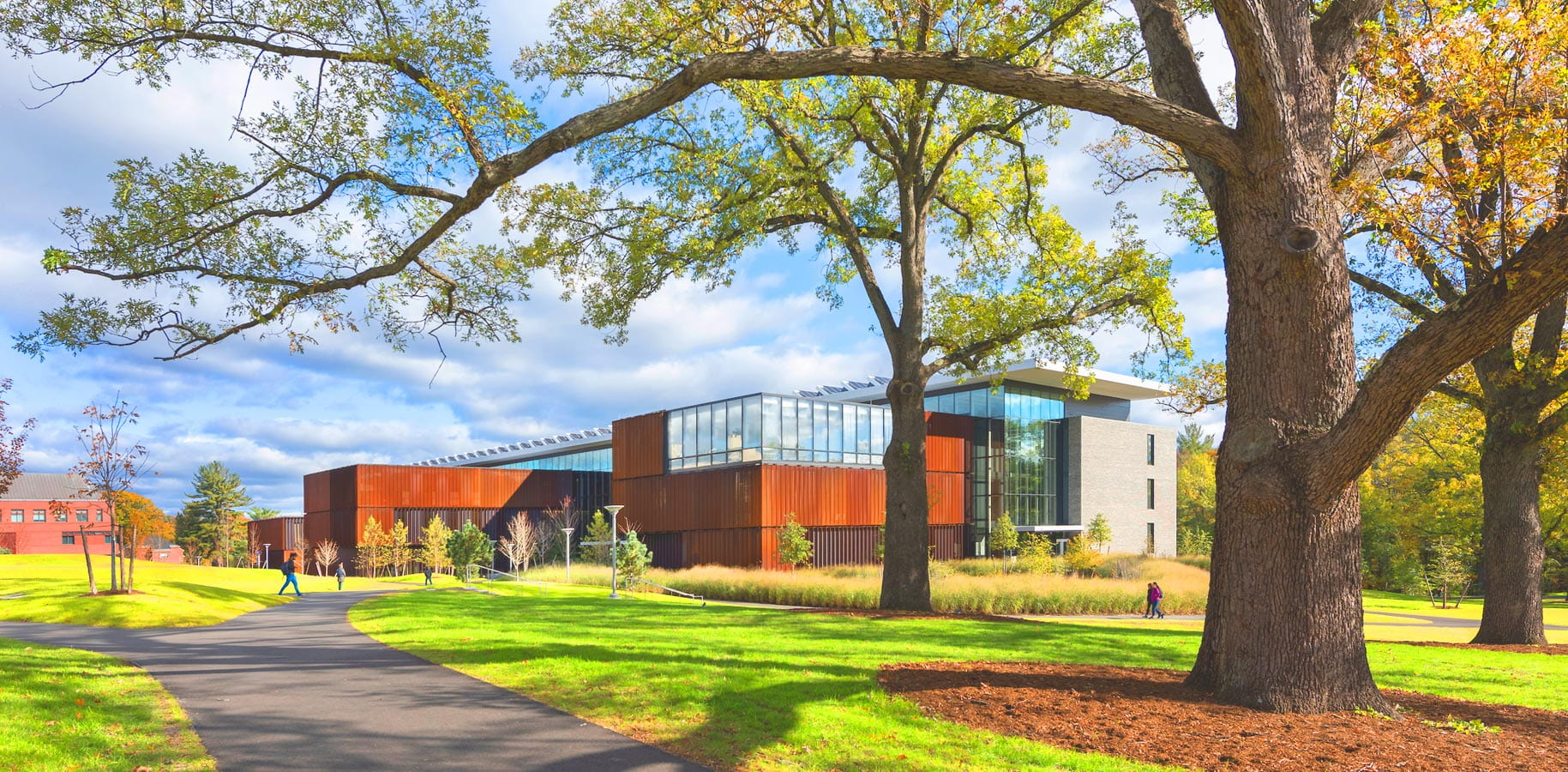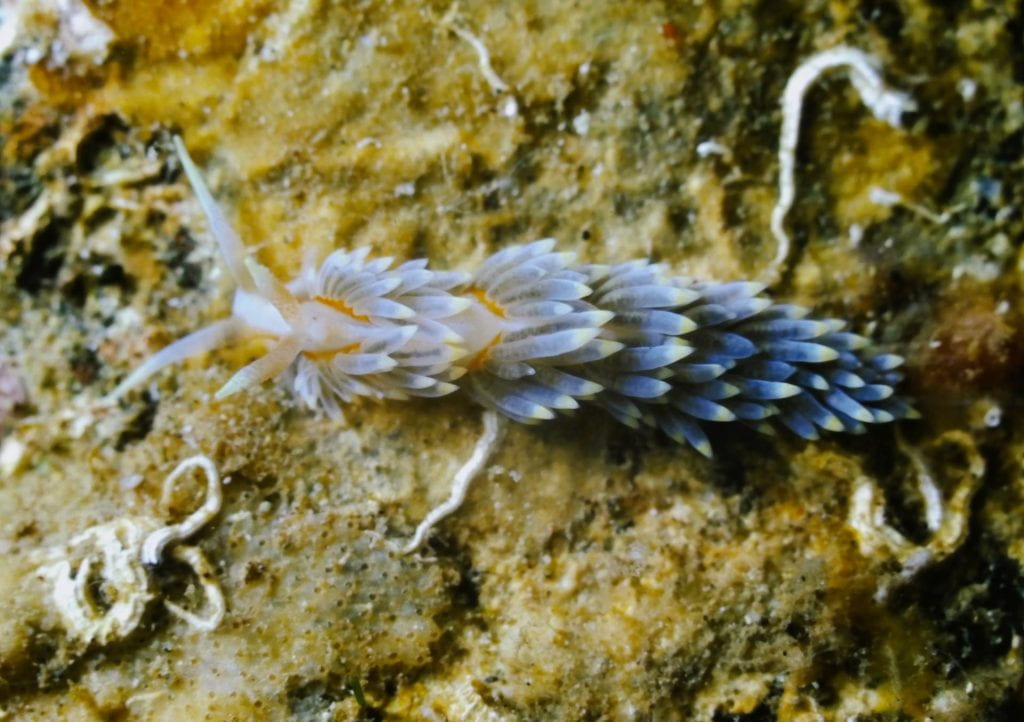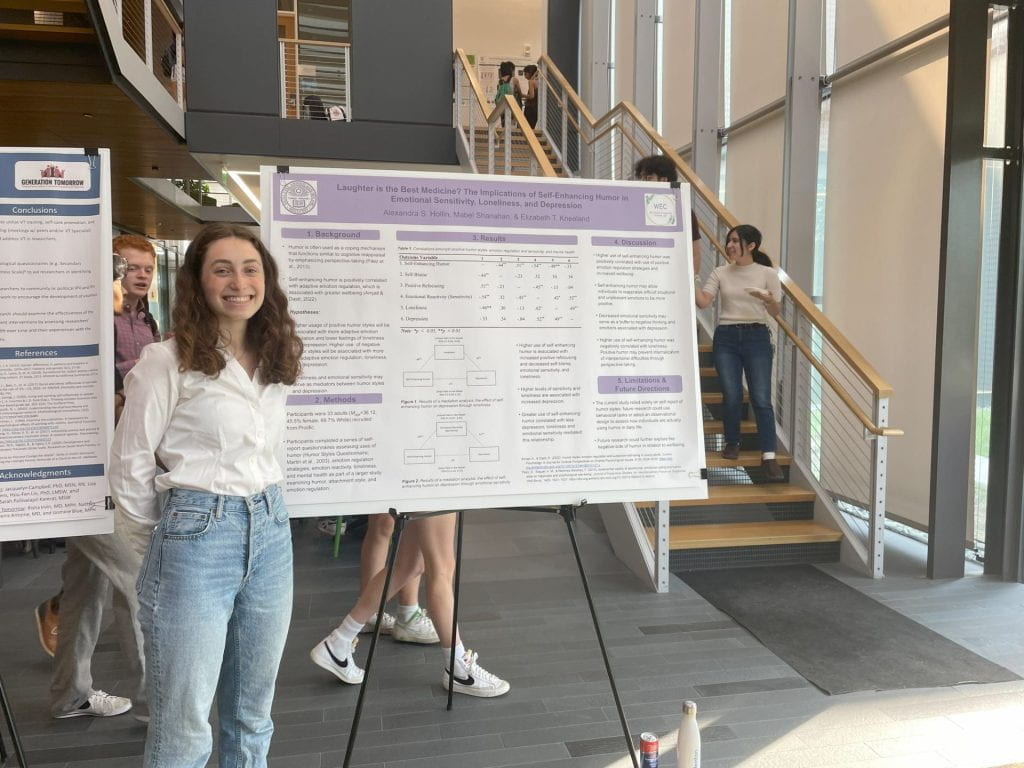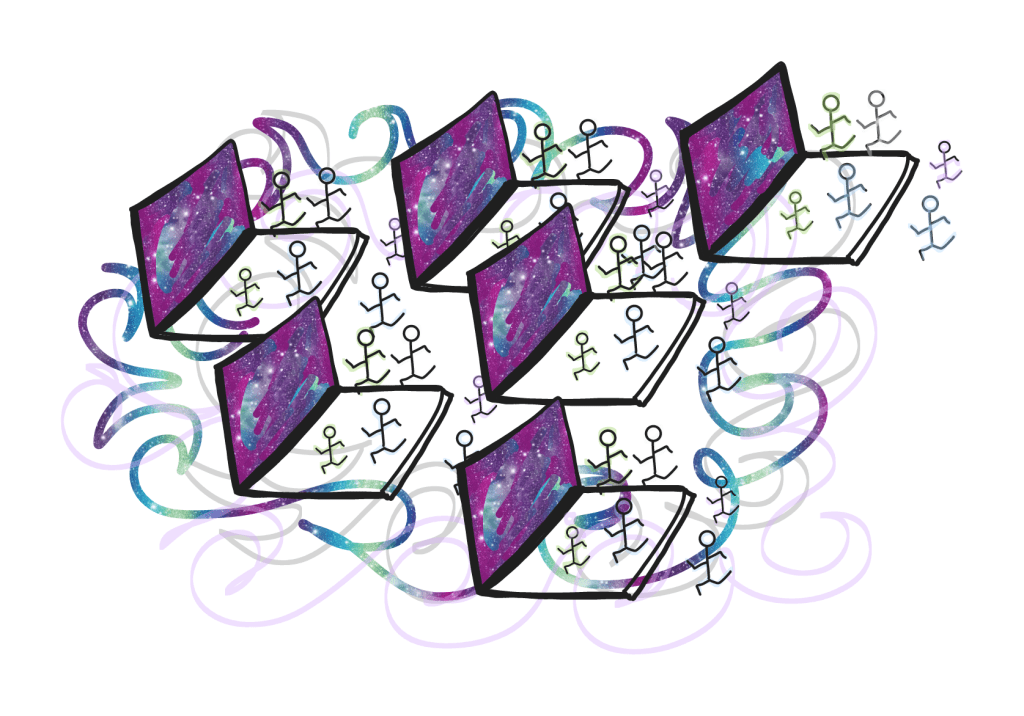By Bibi Hanselman a2 + b2 = c2. Whether it’s a distant high school memory or it has found its way into your physics homework somehow, there’s no denying that the Pythagorean theorem — timeless and profound, seared into all our memories — is practically a cultural touchstone in addition to a mathematical one. On…
The Two-Holed Donut?! Prof. David Zureick-Brown Presents a Smorgasbord of Open Questions in Number Theory









